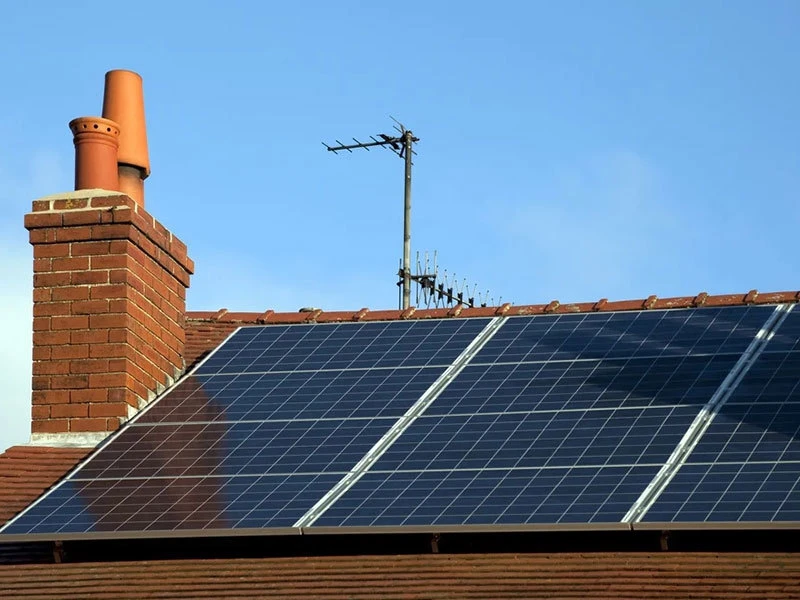400 watt solar panel size in feet
When considering solar energy solutions for homes and businesses, one of the most critical factors is the size of solar panels, especially when looking at high-capacity options like a 400-watt solar panel. Understanding the dimensions and installation requirements of these panels is essential for optimal energy production and space utilization. In this article, we will explore the size of 400-watt solar panels, their applications, and tips for installation.
The Size of 400-Watt Solar Panels
A standard 400-watt solar panel typically measures around 6.5 feet by 3.25 feet, or roughly 78 inches by 39 inches. This size can vary slightly depending on the manufacturer and the technology used, but most high-efficiency panels fall within this range. The larger size enables these panels to generate a substantial amount of energy, making them an attractive option for those looking to maximize their solar energy output.
The size and weight of a 400-watt solar panel—often around 50-60 pounds—requires careful consideration during installation. Roof-mounted systems must ensure that the structure can support the weight, and ground-mounted systems need strong, stable bases to withstand environmental factors such as wind and snow.
Applications of 400-Watt Solar Panels
400-watt solar panels are commonly used in both residential and commercial settings. Their high wattage makes them ideal for
1. Residential Roof Systems Homeowners looking to meet their electricity needs can benefit greatly from using fewer panels while still achieving adequate energy production. A typical home may require around 20-30 solar panels to cover its energy consumption depending on usage, location, and roof orientation.
2. Commercial Installations Businesses generating a larger energy demand find 400-watt panels advantageous. These installations can be mounted on rooftops or in solar farms, helping companies reduce their electricity bills, lower their carbon footprints, and potentially earn money through energy credits.
3. Off-Grid Systems For those living in remote locations, 400-watt solar panels can be combined with battery storage systems to ensure a reliable power supply. In such cases, the size of the panels can provide significant energy independence.
400 watt solar panel size in feet

4. Agricultural Use Farmers can utilize these panels to power irrigation systems, livestock operations, and processing facilities, helping to modernize and reduce operating costs.
Installation Considerations
Installing 400-watt solar panels requires careful planning. Here are some key factors to consider
- Roof Orientation Ideal installations should face south in the Northern Hemisphere to capture maximum sunlight. The pitch of the roof also plays a role in how well panels can collect solar energy.
- Spacing When installing multiple panels, it’s essential to account for spacing between them to minimize shading and ensure adequate airflow. Proper spacing aids in cooling, which enhances efficiency.
- Mounting System Choosing the correct mounting system is imperative. Fixed mounts, adjustable mounts, and tracking systems all have unique benefits and considerations regarding cost and efficiency.
- Local Regulations Before proceeding with installation, check local regulations and building codes. Some areas may have restrictions regarding solar panel installation, including permits and homeowner association guidelines.
Conclusion
The size of 400-watt solar panels makes them a viable option for a wide range of applications, from residential to commercial and agricultural uses. Their significant energy output can be harnessed efficiently while maintaining a more manageable installation footprint. By considering the various factors associated with panel size, orientation, and installation specifics, you can optimize your solar energy setup to maximize energy production. As solar technology advances and becomes increasingly affordable, incorporating high-capacity solar panels like the 400-watt option into energy strategies will remain a smart choice for sustainability and financial savings.
-
String Solar Inverter: The High-Efficiency Solution for Smart Solar EnergyNewsJul.14,2025
-
Revolutionizing Rooftop Energy with the Power of the Micro Solar InverterNewsJul.14,2025
-
Power Independence with Smart Off Grid Solar Inverter SolutionsNewsJul.14,2025
-
On Grid Solar Inverter: Powering the Future with Smart Grid IntegrationNewsJul.14,2025
-
Monocrystalline Solar Panels: High-Efficiency Power for the Future of Clean EnergyNewsJul.14,2025
-
Bifacial Solar Panel: A Smarter Investment for Next-Generation Energy SystemsNewsJul.14,2025







